Asphalt roads are the arteries of our modern transportation system, connecting cities and towns across the globe. But have you ever wondered how these smooth, durable surfaces come to be? Here is the fascinating process of asphalt road construction, from the quarry to the finished highway.
From laying the base to the final surface finish, every step in the construction process requires precision and expertise.
Raw Materials
It all begins with the raw materials. Aggregates, the backbone of asphalt, are carefully selected for their strength and durability. These crushed stones, gravel, and sand make up the bulk of the asphalt mix, typically accounting for 90-95% of its weight. The size and quality of these aggregates are crucial, as they directly impact the road’s ability to withstand heavy traffic and harsh weather conditions.
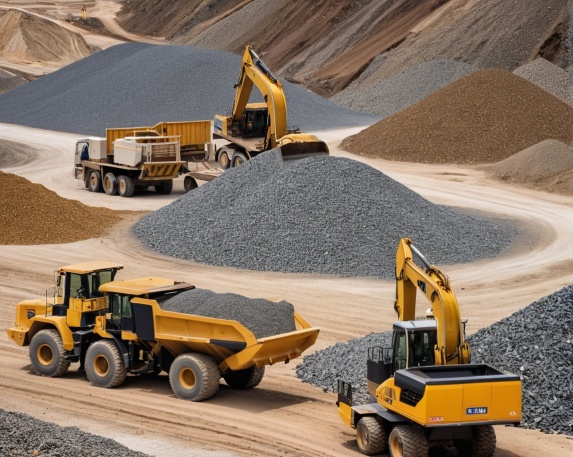
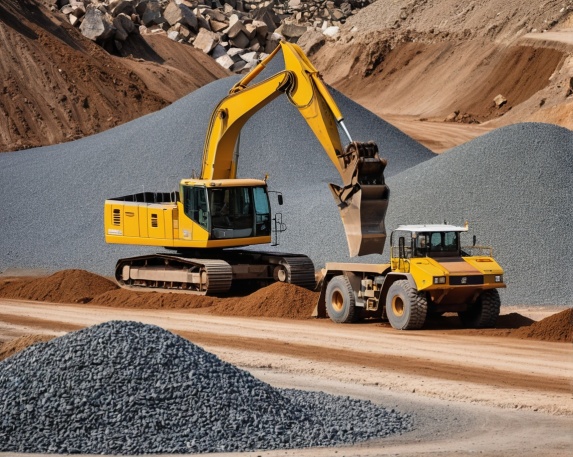
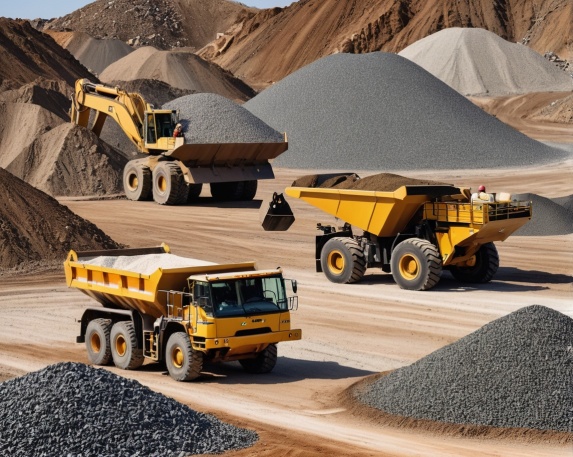
Bitumen
But aggregates alone don’t make a road. Enter bitumen, the black, sticky substance that binds everything together. Derived from crude oil refining, bitumen is the glue that gives asphalt its characteristic flexibility and water resistance. Its adhesive properties ensure the aggregates stick together, while its durability helps the road resist weathering and wear from constant traffic.
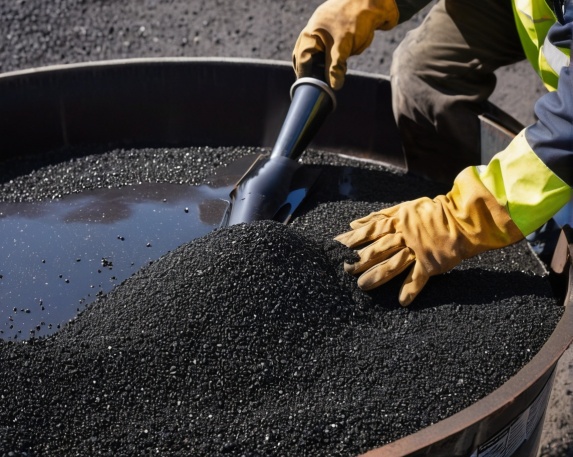
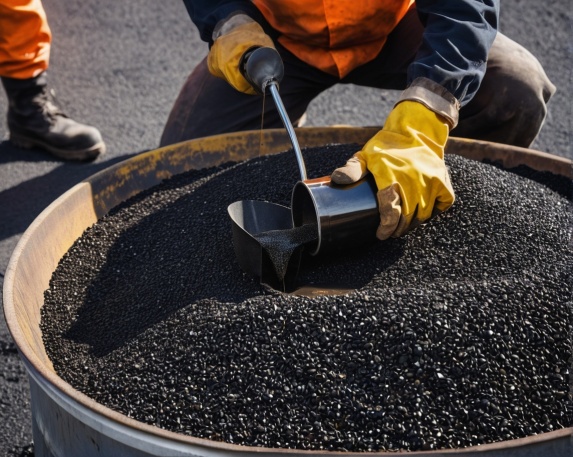
Preparation of the Site: Survey and Design
Now, before a single stone is laid, extensive planning takes place. Survey and design teams meticulously study the proposed route, considering topography, soil conditions, and drainage needs. This crucial step ensures the road is safe, efficient, and long-lasting. Once the plans are finalized, it’s time to prepare the site.
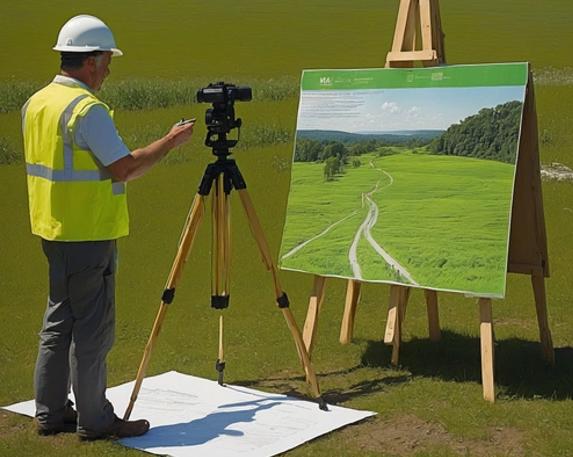
Clearing and Grading
Heavy machinery moves in to clear the area of vegetation and debris. Graders and bulldozers then shape the land, creating a smooth, sloped surface that will allow water to drain away from the future road. This grading process is essential for preventing water accumulation, which can lead to premature road deterioration.
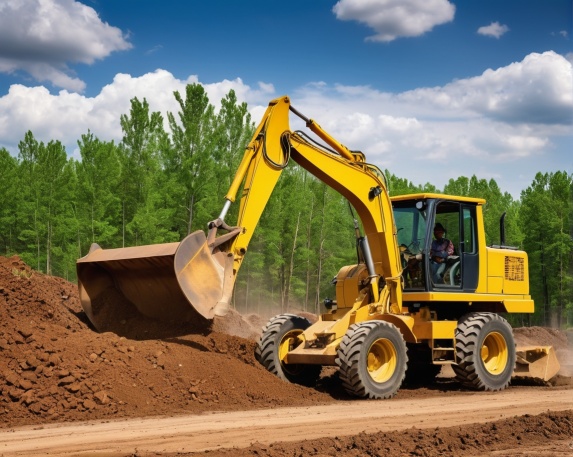
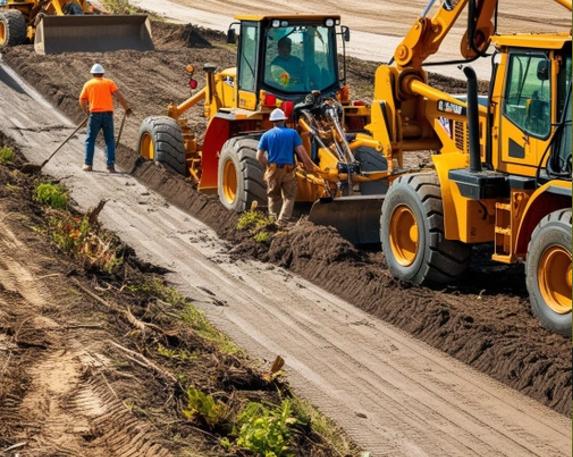
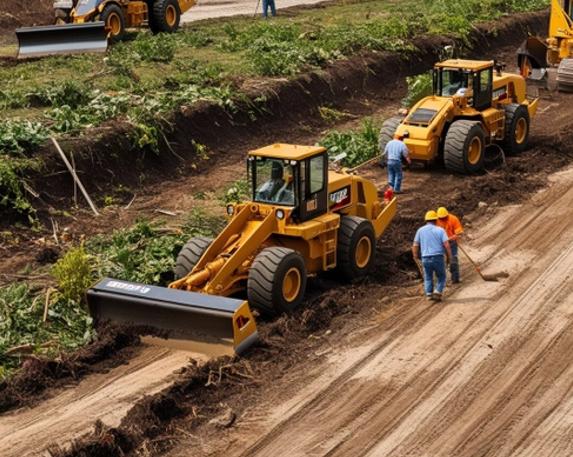
Sub-base and Base Layers
With the site prepared, construction of the road’s foundation begins. The sub-base layer, typically made of crushed stone or gravel, is laid down and compacted. This layer provides a stable platform for the rest of the road structure and helps distribute the load of traffic. On top of this, a base layer of higher-quality material is added and compacted. The strength of these foundational layers is crucial for the road’s longevity.
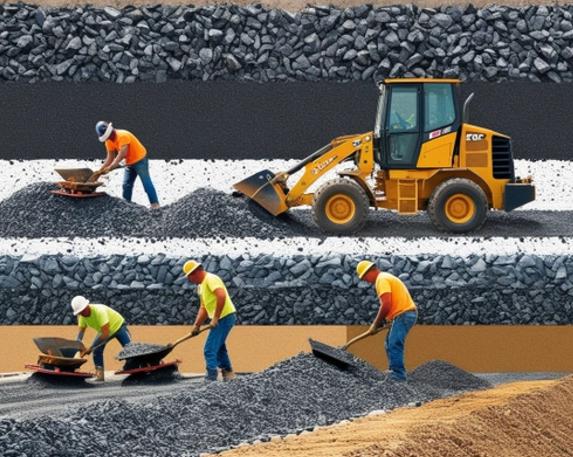
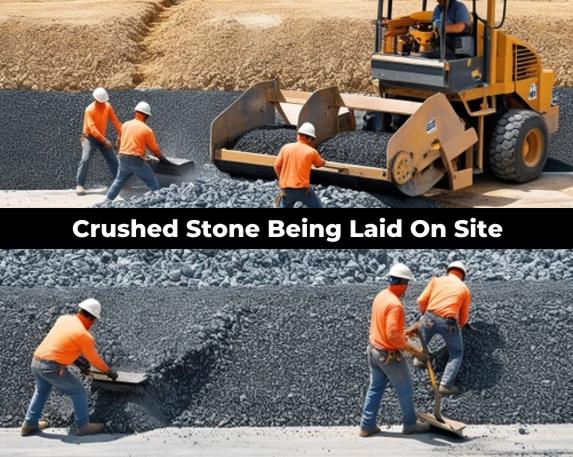
Hot Mix Asphalt (HMA)
Meanwhile, at the asphalt plant, the magic is happening. Here, aggregates and bitumen are heated and mixed in precise proportions to create the asphalt mixture. Hot Mix Asphalt (HMA), the most common type, is produced at temperatures around 300°F (150°C). The mix is then loaded into insulated trucks for transport to the construction site.
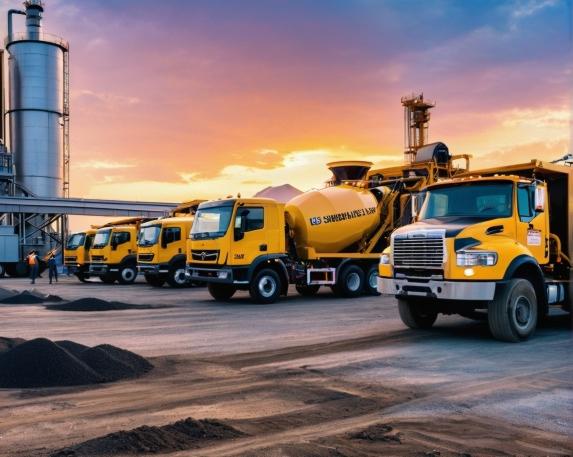
Paving and Rolling
At the site, the real transformation begins. Specialized machines called pavers receive the hot asphalt mix and spread it evenly across the prepared surface. These impressive vehicles are like giant rolling ovens, keeping the asphalt hot and workable as they lay it down. Behind the paver, workers with rakes fine-tune the surface, ensuring an even spread.
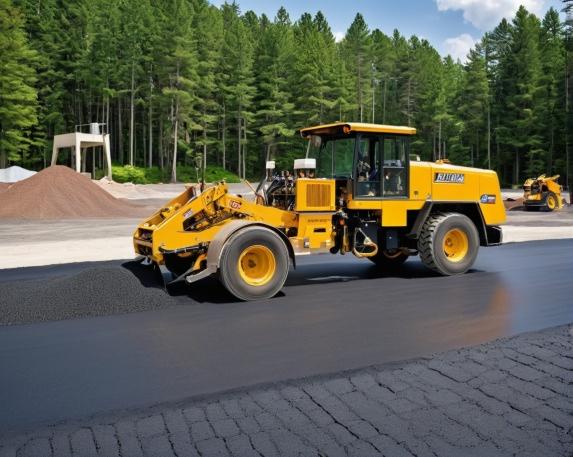
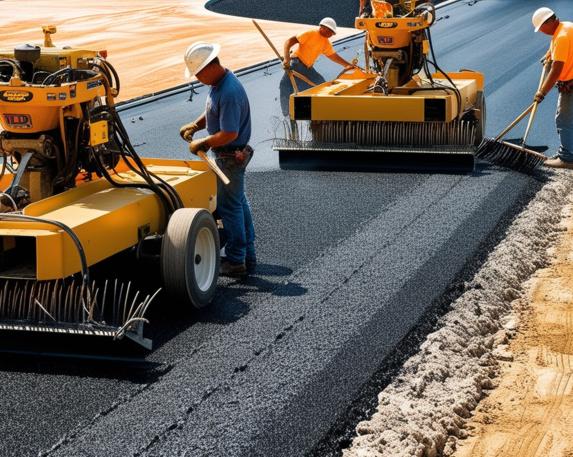
Compaction
But the job isn’t done yet. Compaction is where the road takes shape. Heavy rollers move across the fresh asphalt, compressing it to the desired density. This process is critical for creating a smooth, durable surface that can withstand years of traffic. Multiple passes with different types of rollers are often used to achieve the perfect balance of density and texture.
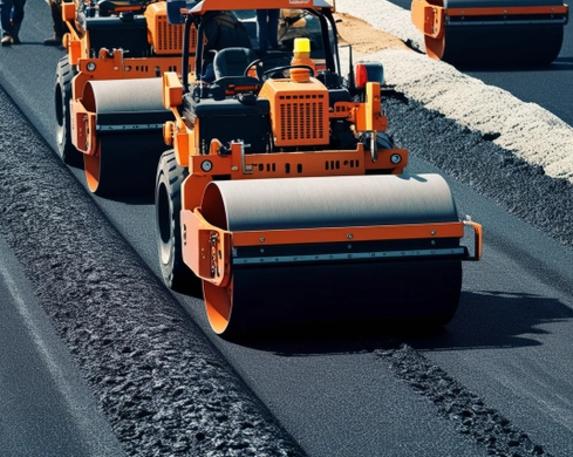
Finishing and Curing
As the asphalt cools, it begins to cure, hardening into the familiar black surface we drive on every day. But even now, the work isn’t over. Quality control inspectors test the new road for thickness, density, and smoothness, ensuring it meets all specifications. Any imperfections are addressed before the road opens to traffic.
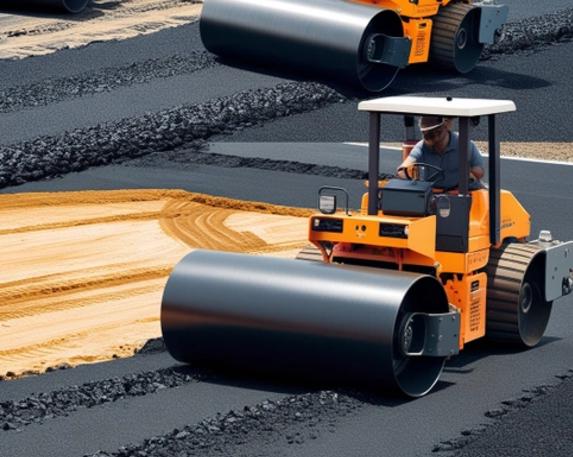
The result of all this careful planning and hard work is the smooth, durable asphalt road that will serve communities for years to come. From the careful selection of materials to the precision of the paving process, every step is crucial in creating a safe and reliable transportation surface.
Maintenance of Asphalt Roads
Of course, the story doesn’t end when the road opens. Regular maintenance, including crack sealing, pothole repair, and periodic resurfacing, is essential for extending the life of the road. With proper care, an asphalt road can serve its purpose for decades, connecting people and places across vast distances.
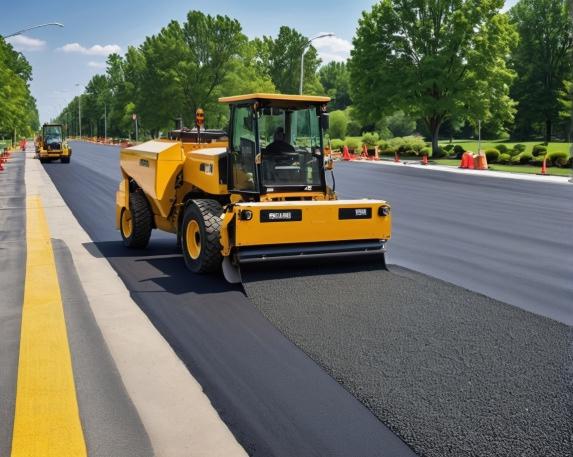
So the next time you’re cruising down a smooth asphalt highway, take a moment to appreciate the complex engineering and hard work that went into creating that surface. It’s a testament to human ingenuity and our ongoing quest to connect our world in faster, safer, and more efficient ways.
What are the primary components of asphalt used in road construction?
The primary components of asphalt used in road construction are aggregates (such as crushed stone, gravel, and sand) and bitumen, which acts as a binding agent.
How does the quality of base and sub-base layers affect road performance?
High-quality base and sub-base layers provide stability, distribute traffic loads evenly, and improve drainage, all of which contribute to better long-term road performance and durability.
Is compaction necessary for all layers of an asphalt road?
Yes, proper compaction is essential for all layers of an asphalt road, including the sub-base, base, and surface layers, to ensure optimal density, strength, and longevity.
What types of maintenance activities are crucial for asphalt roads?
Critical maintenance activities for asphalt roads include crack sealing, pothole repair, periodic resurfacing, and overlay applications.
How does bitumen contribute to the durability of asphalt roads?
Bitumen acts as a waterproof binder, holding the aggregates together and providing flexibility to the road surface, which helps resist cracking and weathering.
Can asphalt roads be constructed in cold weather?
While it’s possible to construct asphalt roads in cold weather, it presents challenges as the asphalt mix cools quickly, making proper compaction difficult. Warm Mix Asphalt (WMA) technology has improved cold-weather paving capabilities.
What role does drainage play in asphalt road construction?
Proper drainage is crucial in asphalt road construction as it prevents water accumulation, which can lead to structural damage, potholes, and premature deterioration of the road surface.
How does traffic volume influence asphalt mix design?
Traffic volume significantly influences asphalt mix design. Higher traffic volumes require stronger, more durable mixes with larger aggregates and specific bitumen grades to withstand increased wear and tear.
